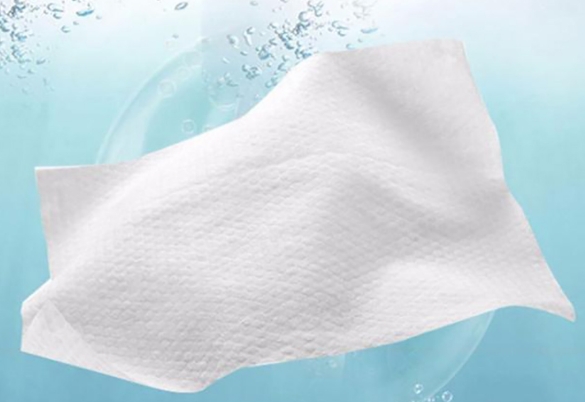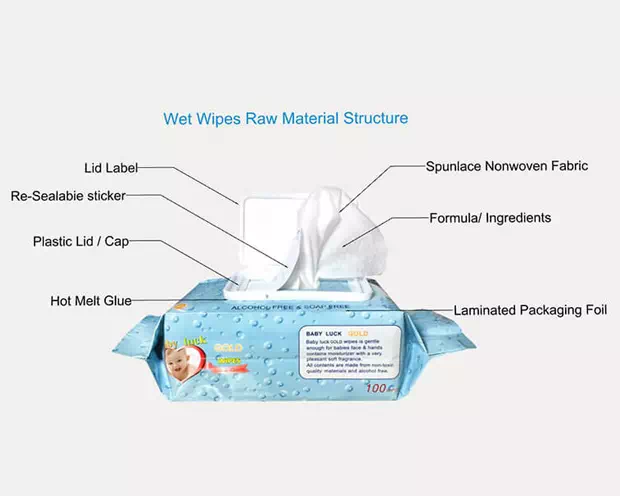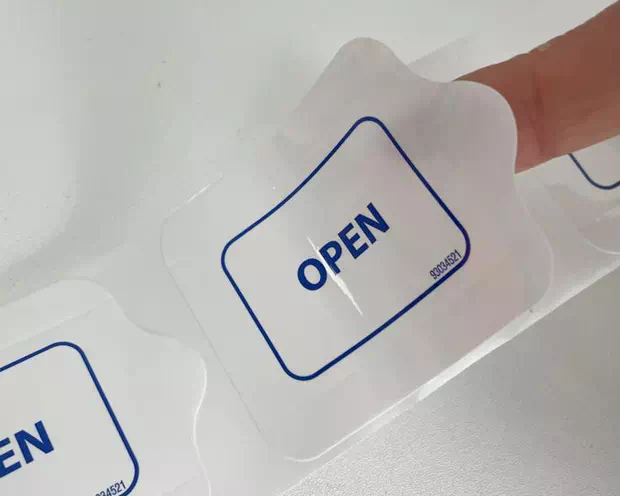Wet wipes have become one of the most common cleaning methods in daily life, especially the wide application of hydroentangled nonwoven fabrics in various types of wipes, which have been widely recognised in the market for their excellent water absorption and comfort. Whether they are used for personal care, household cleaning or medical cleaning, there is a wide range of wipes available, each with specific uses and needs. For wipes manufacturers, choosing the right raw material for wipes is critical.
Different wipes are designed for different usage scenarios and needs
From general wipes to specialised baby wipes and feminine care wipes, to biodegradable wipes and household cleaning products, each type of wipe requires a specific spunlace material to ensure its functionality and comfort.

Common wipes are usually used for daily cleaning and require softness and absorbency for effective cleaning and comfort. Nonwovens made of viscose polyester fibres are the usual choice. Soonercleaning can adjust the ratio of viscose and polyester fibres in the hydroentangled nonwoven according to the requirements of the wipes customers.
Among personal care wipes, baby wipes require high safety and gentleness to avoid irritation to baby’s skin. Female care wipes need to consider the absorption performance and comfort, while avoiding allergic discomfort. Some wipes manufacturers use fibres such as cotton, lyocell and bamboo to make their products soft and comfortable. Soonercleaning’s hydroentangled non-woven fabrics are free of fluorescent agents and additives, and have a soft handfeel, which makes them suitable for use as a non-woven raw material for personal care wipes.
Cleaning wipes are used in large quantities and require materials that are strong, absorb oil and water, and dry quickly. Soonercleaning offers coloured viscose & polyester spunlace nonwoven, wood pulp polypropylene spunlace nonwoven, wood pulp polyester spunlace nonwoven, which can be customised with different colours and patterns, and are suitable for home cleaning, kitchen cleaning and other scenarios.
Biodegradable spunlace nonwoven materials have become an increasingly popular choice in consumer products such as wet wipes in recent years, featuring the ability to naturally decompose or biodegrade after use, helping to reduce the negative impact on the environment. Natural fibres such as viscose, bamboo, wood pulp (paper pulp) and cotton are usually chosen, which are inherently biodegradable and can decompose quickly under the right environmental conditions, reducing the long-term impact on the environment.
Flushable wet toilet paper is a new option for wet wipes in recent years, with a focus on environmental protection and sustainability. When selecting raw materials for wet toilet paper, biodegradability, flushability, stability and adaptability need to be considered. Flushable non-woven fabrics made from wood pulp, viscose and other short fibres are often chosen. The use of such biodegradable materials not only meets consumer demand for environmentally friendly products, but also helps to reduce landfill and pollution, which is in line with the global trend of sustainable development.

